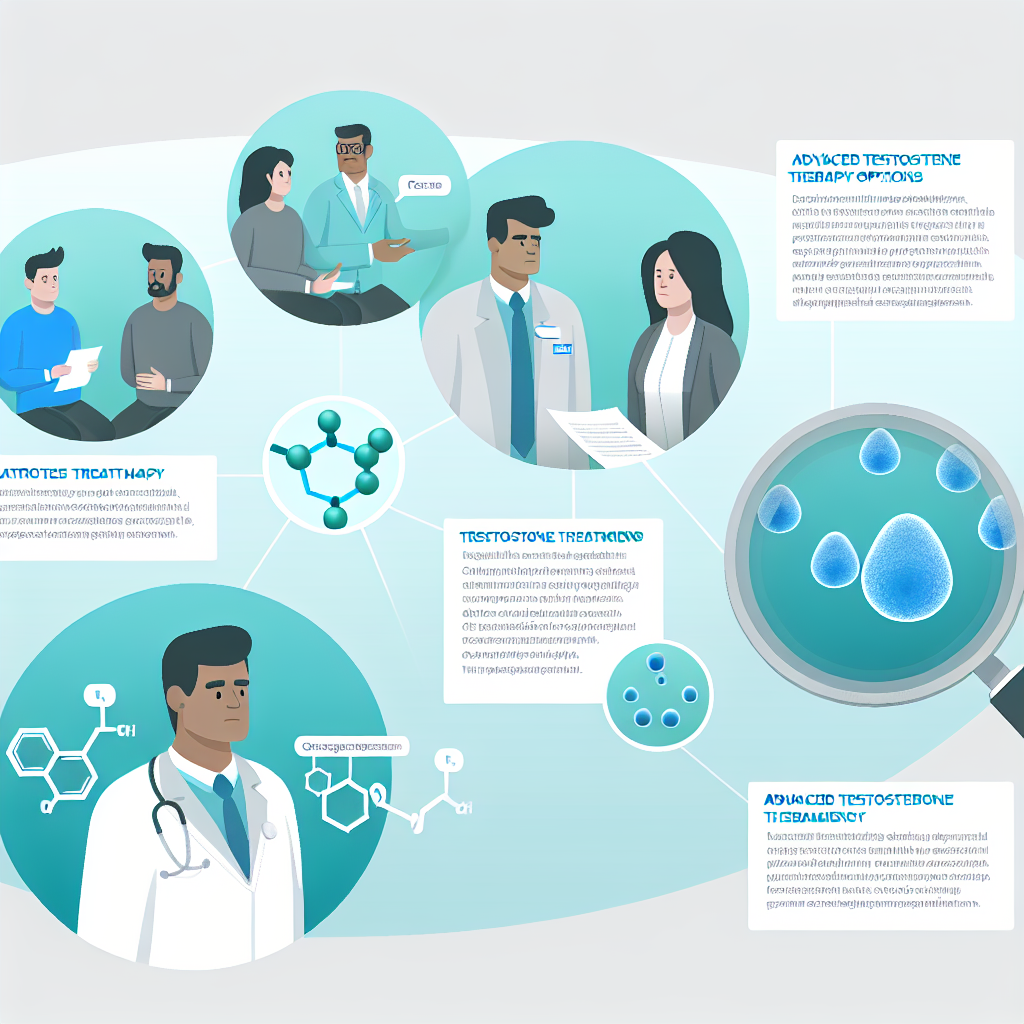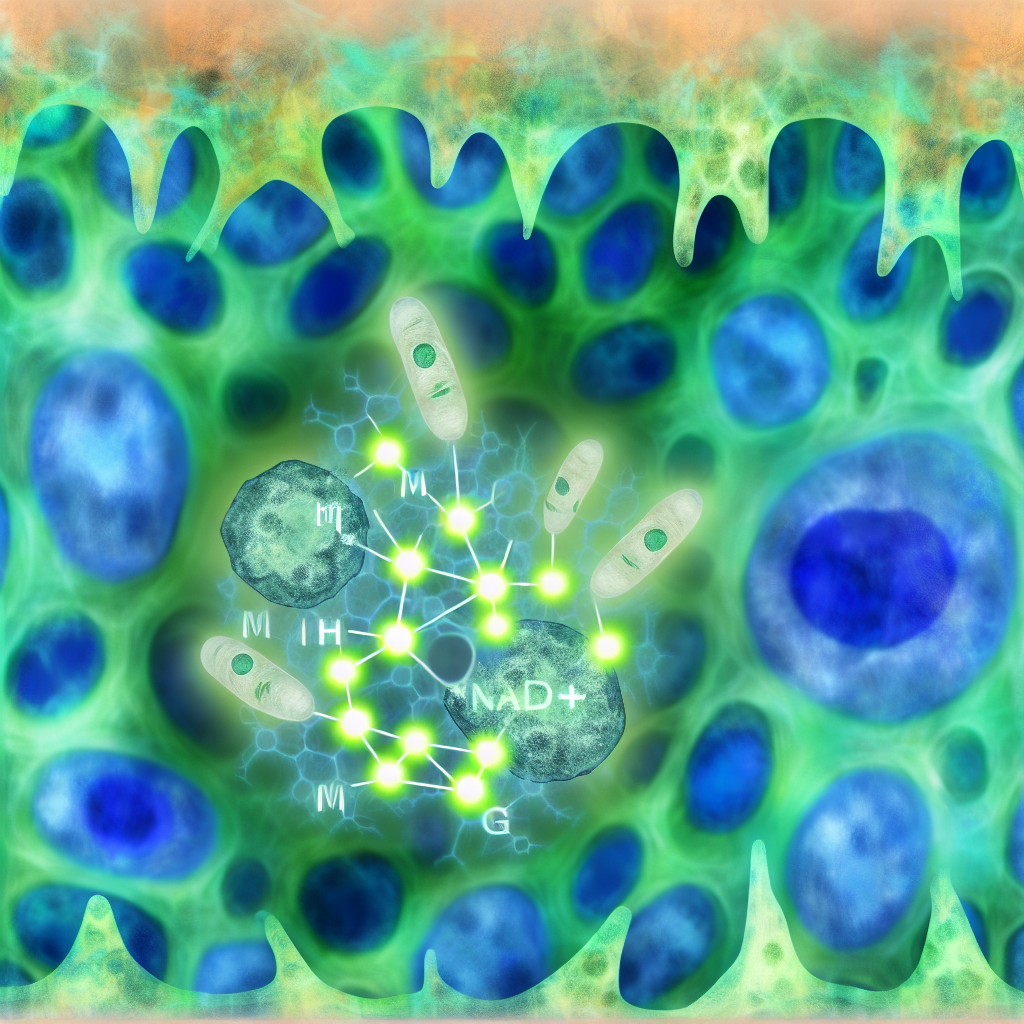Advanced Testosterone Therapy Options: Cutting-Edge Solutions for Men’s Health
Introduction
Testosterone is a crucial hormone that plays a vital role in men’s overall health. It influences muscle mass, bone density, red blood cell production, energy levels, mood, and sexual function. However, as men age, natural testosterone levels tend to decline, leading to symptoms like fatigue, depression, reduced muscle strength, increased body fat, and diminished libido.
For some, these changes are manageable. For others with clinically low testosterone levels—a condition known as hypogonadism—treatment may be necessary to restore balance and well-being.
Traditional testosterone therapy methods, such as injections, gels, and patches, may not be effective for everyone. Some individuals experience side effects, while others don’t see significant benefits. Thanks to advancements in medical science, newer testosterone therapy options aim to enhance effectiveness, minimize risks, and provide personalized treatment solutions.
In this article, we explore cutting-edge testosterone therapy options, their benefits, risks, and the latest scientific studies supporting their efficacy.
Testosterone Therapy Revolution: Cutting-Edge Treatment Options
Testosterone Pellets: The Long-Lasting Solution
Testosterone pellets, such as *Testopel*, offer a hassle-free and long-term approach to testosterone replacement therapy. These small, rice-sized pellets are implanted under the skin (typically in the hip or buttocks) in a simple outpatient procedure.
Benefits:
– Provides sustained hormone release for up to six months
– Eliminates daily hassle of gels or injections
– Reduces hormone fluctuations, leading to mood stability and increased energy
A study from The Journal of Clinical Endocrinology & Metabolism found that testosterone pellets maintain more stable testosterone levels, reducing energy crashes and mood swings. [1](https://academic.oup.com/jcem/article/96/9/2821/2597471)
Considerations:
– Requires a minor surgical procedure
– Possibility of discomfort at the implant site
Bioidentical Hormone Replacement Therapy (BHRT): A Natural Alternative
Bioidentical hormones are derived from plant sources and designed to mimic the body’s natural testosterone production. Available as injections, creams, gels, and sublingual tablets, BHRT appeals to those seeking a more natural physiological response to hormone therapy.
Benefits:
– May reduce side effects compared to synthetic testosterone
– Potential to lower cardiovascular risks
– Supports cognitive function in older individuals
According to Mayo Clinic Proceedings, BHRT may result in fewer side effects than conventional testosterone therapies, especially in terms of cardiovascular risks and prostate health. [2](https://www.mayoclinicproceedings.org/article/S0025-6196(11)64606-3/fulltext)
Considerations:
– Effectiveness varies from person to person
– Requires ongoing monitoring and dosage adjustments
Selective Androgen Receptor Modulators (SARMs): The Future of Muscle Growth
Selective Androgen Receptor Modulators (SARMs) represent a revolutionary class of compounds that enhance muscle-building and fat-burning while minimizing testosterone therapy side effects. Unlike traditional TRT, SARMs selectively target androgen receptors without significantly impacting other bodily functions.
Benefits:
– Promotes lean muscle retention and fat loss
– Lower risk of prostate enlargement compared to standard TRT
– Potential to enhance endurance and strength
A study from JAMA found that SARMs like enobosarm (Ostarine) boost muscle mass and strength, especially in older men suffering from muscle-wasting conditions. [3](https://jamanetwork.com/journals/jama/fullarticle/2674771)
Considerations:
– Not yet FDA-approved for clinical testosterone replacement
– Long-term safety and side effects still under evaluation
– Should only be used under medical supervision
Regenerative Medicine & Stem Cell Therapy: The Future of Testosterone Enhancement
One of the most exciting breakthroughs in testosterone therapy involves regenerative medicine and stem cell therapy. Scientists are exploring the potential of stem cells to naturally restore testosterone production by regenerating the testes and other endocrine glands.
Benefits:
– Potential to stimulate natural testosterone production
– May reduce dependency on synthetic hormone treatments
– Could enhance overall endocrine health
According to Stem Cells Translational Medicine, early studies suggest that stem cell therapy may help restore Leydig cell function, leading to natural testosterone production. [4](https://stemcellsjournals.onlinelibrary.wiley.com/doi/full/10.5966/sctm.2018-0081)
Considerations:
– Still in early research stages
– Not widely available as an approved treatment
Conclusion: Making the Right Choice for Your Hormonal Health
Testosterone therapy has evolved significantly over the years, providing men with innovative treatment options beyond conventional injections and gels. The latest advancements in subcutaneous pellets, bioidentical hormone replacement, SARMs, and regenerative medicine offer personalized, effective solutions for managing low testosterone levels.
However, every therapy carries unique benefits and potential risks. The best course of action is to undergo thorough medical evaluations, consult with healthcare providers, and tailor treatment according to individual health needs.
As medical research progresses, these novel testosterone therapies will become even safer and more effective, empowering men to lead stronger, healthier lives well into their later years.
References
1. The Journal of Clinical Endocrinology & Metabolism. (2011). “Comparison of Testosterone Pellet Therapy and Other Forms of Testosterone Replacement Therapy.” [Link](https://academic.oup.com/jcem/article/96/9/2821/2597471)
2. Mayo Clinic Proceedings. (2011). “Bioidentical Hormones: What You Need to Know.” [Link](https://www.mayoclinicproceedings.org/article/S0025-6196(11)64606-3/fulltext)
3. The Journal of the American Medical Association (JAMA). (2018). “The Effects of Selective Androgen Receptor Modulators on Muscle Mass and Strength.” [Link](https://jamanetwork.com/journals/jama/fullarticle/2674771)
4. Stem Cells Translational Medicine. (2018). “Potential of Stem Cell Therapy in Testosterone Recovery.” [Link](https://stemcellsjournals.onlinelibrary.wiley.com/doi/full/10.5966/sctm.2018-0081)
Summary:
This article explores cutting-edge testosterone therapy options, including testosterone pellets, bioidentical hormone replacement therapy (BHRT), selective androgen receptor modulators (SARMs), and regenerative medicine with stem cell therapy. These advanced treatments aim to enhance effectiveness, minimize side effects, and provide personalized solutions for managing low testosterone levels in men. The article highlights the benefits, risks, and scientific evidence supporting these innovative approaches to testosterone therapy.

Dominic E. is a passionate filmmaker navigating the exciting intersection of art and science. By day, he delves into the complexities of the human body as a full-time medical writer, meticulously translating intricate medical concepts into accessible and engaging narratives. By night, he explores the boundless realm of cinematic storytelling, crafting narratives that evoke emotion and challenge perspectives. Film Student and Full-time Medical Writer for ContentVendor.com



